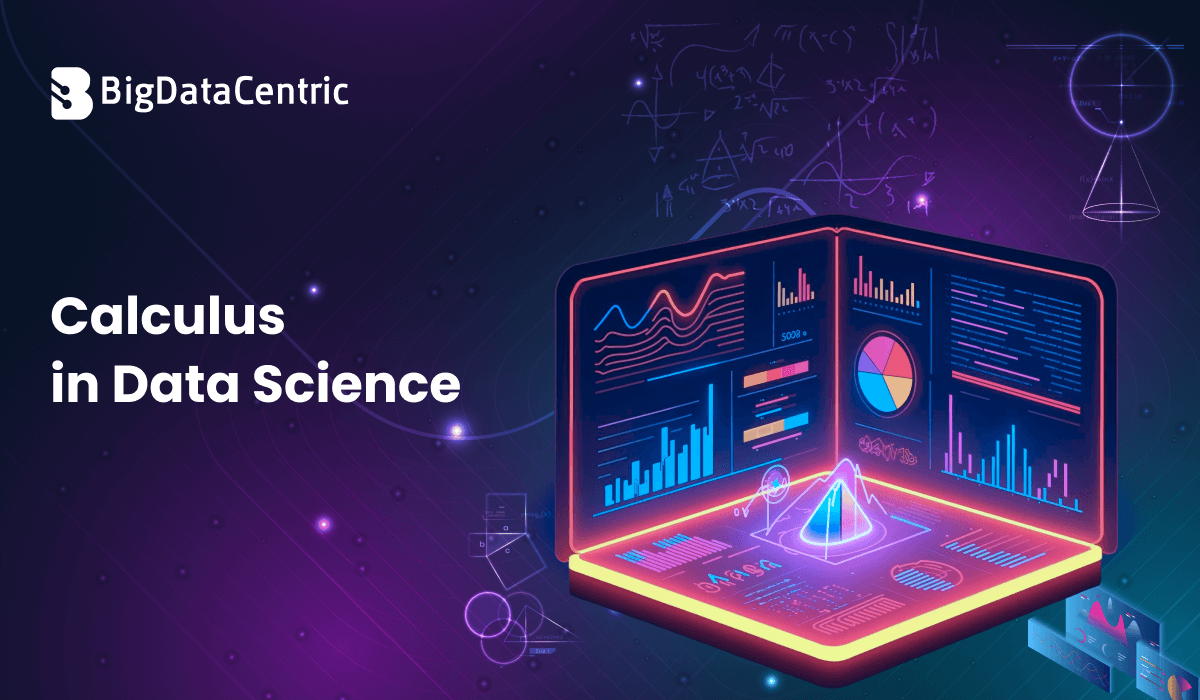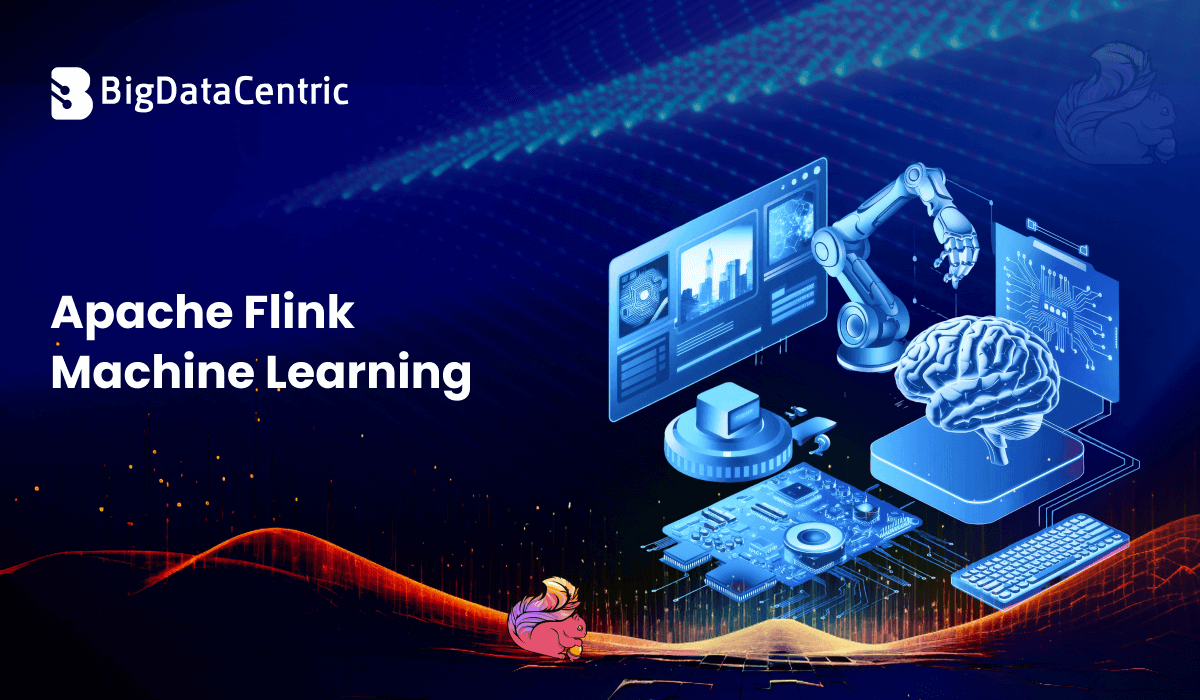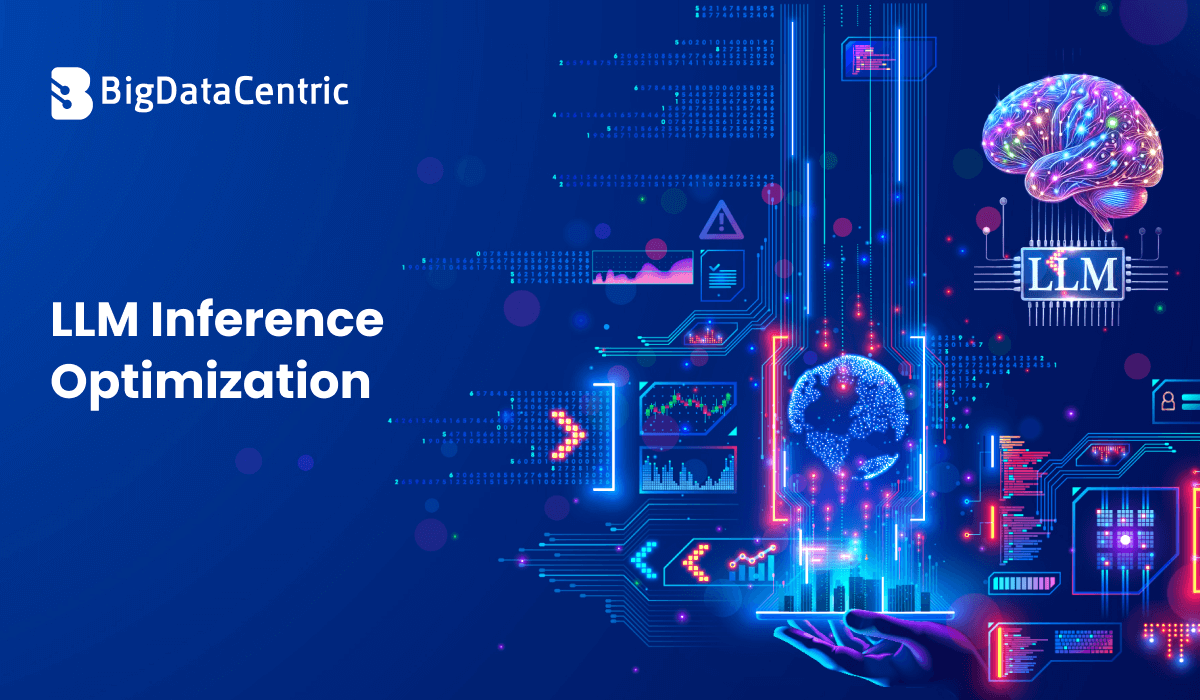Get in Touch With Us
Submitting the form below will ensure a prompt response from us.
When people think of data science, they often imagine Python, big data, or AI — not calculus. But behind every machine learning algorithm and data optimization lies a mathematical foundation built on Calculus.
Calculus in Data Science enables algorithms to optimize, learn patterns, and minimize errors, forming the backbone of techniques like gradient descent and backpropagation.
Why Calculus Matters in Data Science?
At its core, calculus is about change — how things evolve when inputs vary. Data science involves modeling such changes: predicting outcomes, minimizing loss functions, and improving performance.
Key areas where calculus applies:
- Optimization Problems – Finding the best model parameters.
- Gradient Descent – Core of machine learning algorithms.
- Backpropagation – Updating neural network weights.
- Probabilistic Models – Calculating likelihoods and densities.
- Feature Engineering – Understanding relationships between continuous variables.
Differential Calculus in Data Science
Differential Calculus deals with the rate of change — used to find how small adjustments affect the model’s performance.
In machine learning, the derivative of the loss function with respect to the model parameters indicates the direction to move to reduce the error.
Mathematically:
ddwLoss(w)=gradient\frac{d}{dw} \text{Loss}(w) = \text{gradient}dwdLoss(w)=gradient
Python Example: Derivative using SymPy
import sympy as sp
# Define variable and function
x = sp.Symbol('x')
f = x**2 + 3*x + 5
# Differentiate f(x)
df = sp.diff(f, x)
print("Derivative:", df)Output:
Derivative: 2*x + 3This derivative shows how the function changes with respect to x, a principle used to optimize model weights.
You Might Also Like:
Graph Data Science with Neo4j EPUB: Learn Graph ML from Scratch
Integral Calculus in Data Science
Integral Calculus helps in accumulating small quantities — such as probabilities, costs, or areas under curves.
It’s vital in:
- Probability density functions (PDFs)
- Expected value calculations
- Regularization techniques
Python Example: Integration with SymPy
integral = sp.integrate(f, (x, 0, 2))
print("Definite Integral from 0 to 2:", integral)This computes the total area under f(x) between 0 and 2, a concept used in evaluating probability distributions.
Gradient Descent: Where Calculus Meets Machine Learning
The gradient descent algorithm — fundamental to machine learning — is purely calculus in action.
It minimizes the loss function L(w)L(w)L(w) by moving weights in the direction of the negative gradient.
Gradient Descent Update Rule:
w=w−α∂L∂ww = w - \alpha \frac{\partial L}{\partial w}w=w−α∂w∂L
Where:
- www = model parameter
- α\alphaα = learning rate
- ∂L∂w\frac{\partial L}{\partial w}∂w∂L = gradient
Python Example: Gradient Descent Implementation
import numpy as np
# Simple cost function: f(w) = (w - 3)^2
def cost(w):
return (w - 3)**2
# Derivative of cost
def grad(w):
return 2*(w - 3)
# Gradient Descent
w, lr, epochs = 0.0, 0.1, 10
for i in range(epochs):
w -= lr * grad(w)
print(f"Epoch {i+1}: w={w:.4f}, cost={cost(w):.4f}")Each iteration reduces the cost, moving w closer to 3 — demonstrating the use of calculus in optimization.
Applications of Calculus in Data Science
- Linear Regression: Derivatives optimize cost functions.
- Logistic Regression: Uses gradients for binary classification.
- Neural Networks: Backpropagation uses the chain rule of differentiation.
- Bayesian Inference: Integrals compute marginal probabilities.
- Reinforcement Learning: Gradients adjust policy updates.
Real-World Example: Backpropagation
The chain rule — a key calculus concept — powers backpropagation in neural networks. It allows the model to propagate errors backward through layers and update weights efficiently.
Without calculus, training deep learning models would be impossible.
Enhance Data Accuracy with Smart Optimization
Leverage our expertise in gradient-based learning to improve model precision and training speed.
Conclusion
Calculus in Data Science is not just theoretical math — it’s the core engine behind optimization, learning, and prediction. Every time your model adjusts weights or minimizes loss, calculus is working behind the scenes.
Understanding derivatives, gradients, and integrals empowers data scientists to tune algorithms more effectively, improve model accuracy, and understand how data-driven decisions evolve mathematically.













